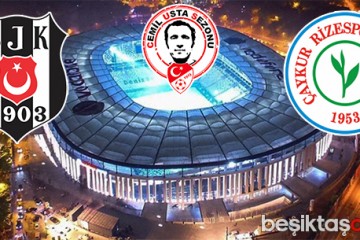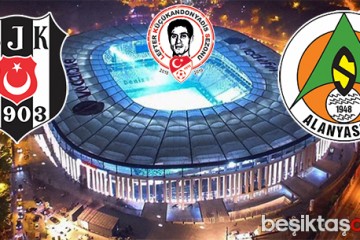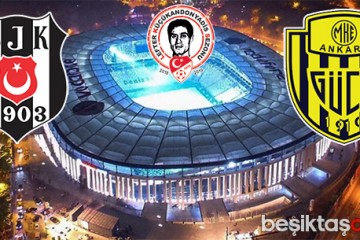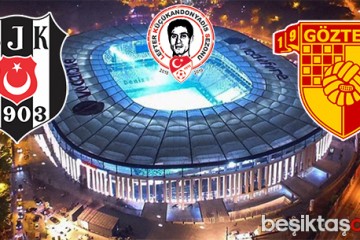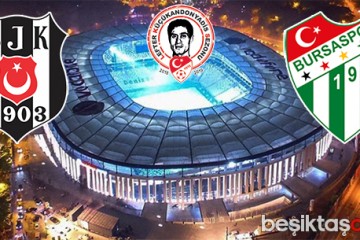Taking a Break from Alcohol Can be Good for Your Health National Institute on Alcohol Abuse and Alcoholism NIAAA

Vague intentions like “drink less” or “cut back on alcohol” are less likely to lead to lasting change. When attending events where alcohol is present, alternate between alcoholic and non-alcoholic drinks to slow your consumption. Start with a glass of water or a virgin cocktail before moving on to an alcoholic beverage. This strategy helps you stay hydrated, reduces your overall alcohol intake, and allows you to still participate in social situations without feeling Twelve-step program left out.
- Becoming more aware of your alcohol triggers and reasons for drinking can help you plan ways to help manage the urge to drink.
- Engaging in creative pursuits or learning new skills can be a fulfilling way to spend your time and energy, providing a sense of accomplishment and purpose that can help reduce the desire to drink.
- According to the 2022 National Survey on Drug Use and Health, AUD affects approximately 1 in 10 Americans aged 12 and older.
- To effectively reduce your alcohol intake, start by setting specific, measurable goals.
Impact on Society
I order a mocktail when I meet people for drinks because it feels good to sip a drink that has an air of indulgence to it. The action also helps reduce any worry of being interrogated by strangers about why I’m not drinking (it happens all too often) because mocktails look just like cocktails. Here are six ways to make that happen — and, holidays or not, you don’t need to drink to celebrate. Discover physical cocaine addiction symptoms, their impact on health, and treatment options. Explore the causes and effects of teen drug abuse, and learn how to support youth facing addiction. Discover the alcohol withdrawal stages, their symptoms, risks, and the role of medical supervision in treatment.
Make a plan before you abstain from alcohol
- I did it, but I wish someone had warned me about the emotional challenges I’d face when I quit drinking.
- If you are experiencing withdrawal symptoms or are concerned about your health, it’s important to seek medical advice.
- Others may be more impulsive and take to drinking when having guests over.
- They provide a safe space for individuals to share experiences and receive encouragement from others facing similar challenges.
- Explore the connection between sleep and addiction, and how better sleep can support recovery.
These groups provide a safe, non-judgmental space to share your experiences, learn from others, and find inspiration to stay committed to your goals. It’s always a good idea to periodically examine your relationship with alcohol. A popular way to do this is to participate in a sober month like Dry January or Sober October, which are health and wellness trends that emphasizes taking a break from alcohol for an entire month.
- Weight loss doctors share why hormones and pregnancy can make weight loss harder in this decade, and tips to work around it, from protein to strength training.
- Abstaining from alcohol can lead to improvements in both physical and mental health.
- Most people who try to moderate use without lowering tolerance do not find much success.
- If you find that you’re consistently meeting your goals, consider setting new, more challenging targets.
What Are the Signs That My Body Is Detoxing?
When you begin to rethink your relationship with alcohol, your friends and family may not be on board — especially if those how to take a break from drinking are some of the people that you used to drink with. If you’re considering your relationship with alcohol, it’s important to educate yourself on the common risks of drinking. If you are sober-curious and looking for a starting point, talk with your primary care provider. We can help you create an effective, sustainable plan to put you in control of your relationship with alcohol.
‘A massive uplift': Weight loss drugs are changing the economy
NIAAA’s Rethinking Drinking can help you assess your drinking habits and provides information to help you cut back or stop drinking. At the very least, you want to get your drinking habits and health under control. In this post, I’ll show you how to stop drinking using simple techniques, mindset shifts, and relying on the support systems around you. Most people who try to moderate use without lowering tolerance do not find much success. You are already aware that it takes more alcohol to get the same buzz you used to get.
Collins says there are a couple of tricks to curb your alcohol consumption — that way, you won’t suddenly be on your fourth or fifth drink without even realizing it. To slow down consumption, Collins recommends sipping, not guzzling. Additionally, she recommends adding in nonalcoholic beverages between that cocktail or beer and having food available when you drink. By understanding your personal triggers and developing a plan to address them, you’ll be better equipped to stick to your alcohol reduction goals. As well as existing non-alcoholic beer and wine, a range of non-alcoholic spirits is also emerging in the market. You could ask for it to be served in a spirit or cocktail glass – you might be less likely to be asked why you’re not drinking.
Guide to Alcohol Education for Kids
All you need is a pair of running shoes and a safe route to get started. Many cities also have running clubs or groups that organize regular meetups, providing a supportive community for individuals looking to replace drinking with a healthier habit. Joining a gym or fitness class is an excellent way to replace drinking habits with a healthy and productive activity. Gyms offer a wide range of equipment and classes designed to cater to various fitness levels and interests.
Benzer Haberler






















